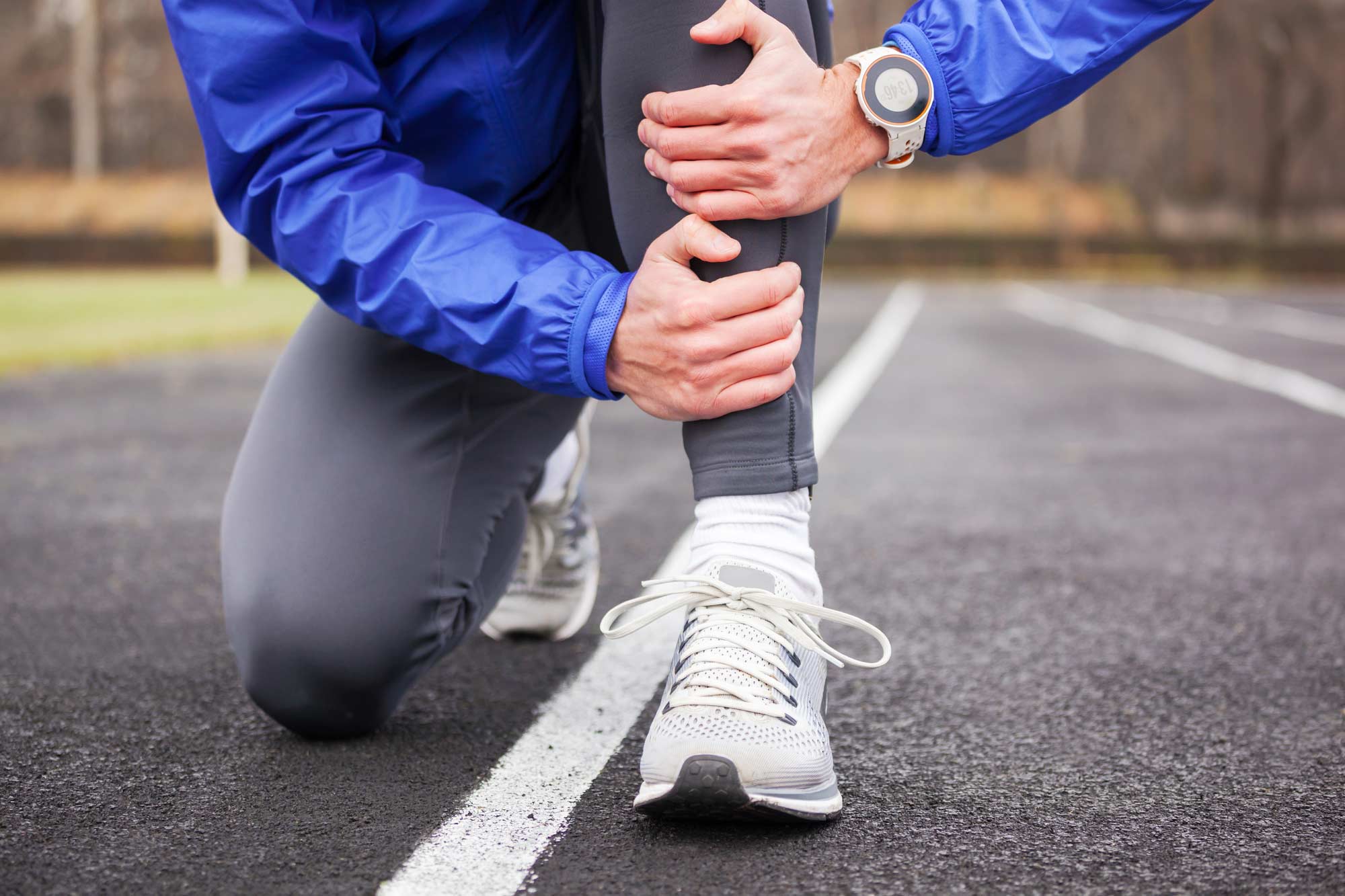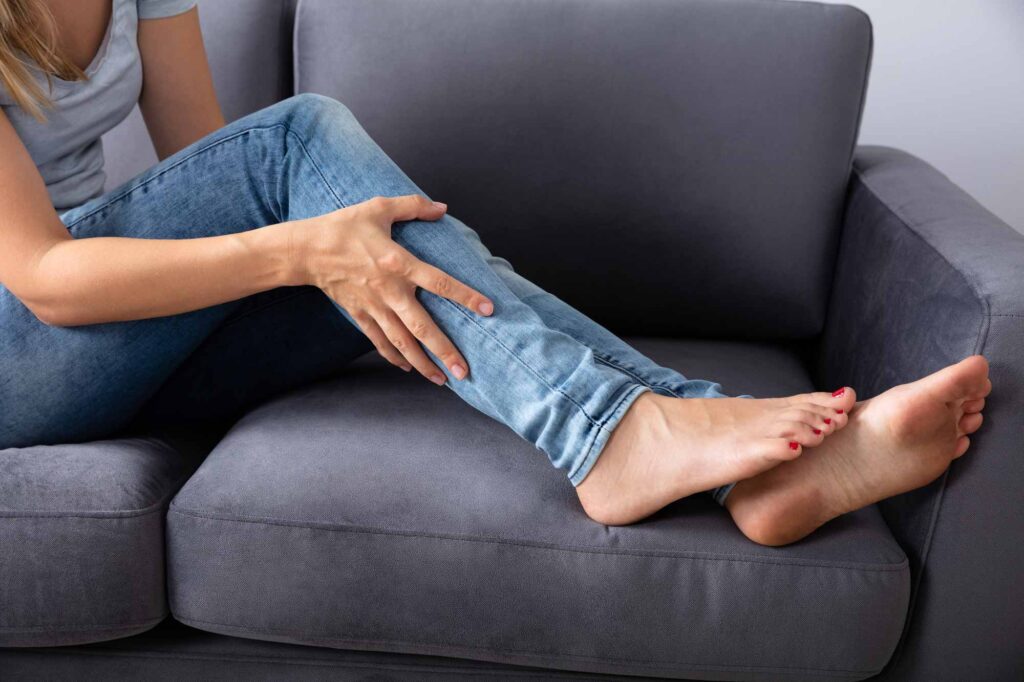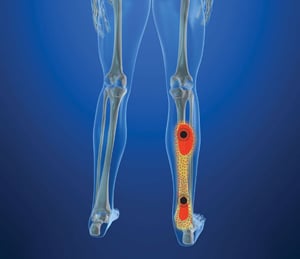Calf Injuries
If left untreated, calf injuries can lead to more frequent calf injuries and pain in the ankle.

If left untreated, calf injuries can lead to more frequent calf injuries and pain in the ankle.

Self check: Does standing on your tip toes bother your calf? Or do your heels hurt in the morning? If so, chances are your calves are not functioning 100%.
Calf injuries usually cause only local pain in the back of the lower leg. Often they feel like tight, sore knots in muscle, but can be sharp right after injury. If you don’t heal the fibers correctly and at the right length you can change the way you walk causing pain all the way up that leg and into the low back.
Calf injuries can creep up over time or may start with a quick tear of the muscle fibers. Your calf muscles are incredibly important in any athletics, walking and standing posture. Too much of any of these activities could lead to lead to injuries of the calf.
Lengthening and realigning the muscle fibers in the calf is usually the #1 goal of treatment in calf injuries. Home care usually includes a stretching protocol and exercises. To make sure the injury doesn’t reoccur, a focused biomechanical exam will identify anything that may have triggered your initial injury.
While calf injuries are often a sudden injury, if not treated correctly, it can lead to more frequent calf injuries and pain in the ankle.
The soleus muscle (a deep calf muscle) is one of the most active muscles in your body when you are standing.
